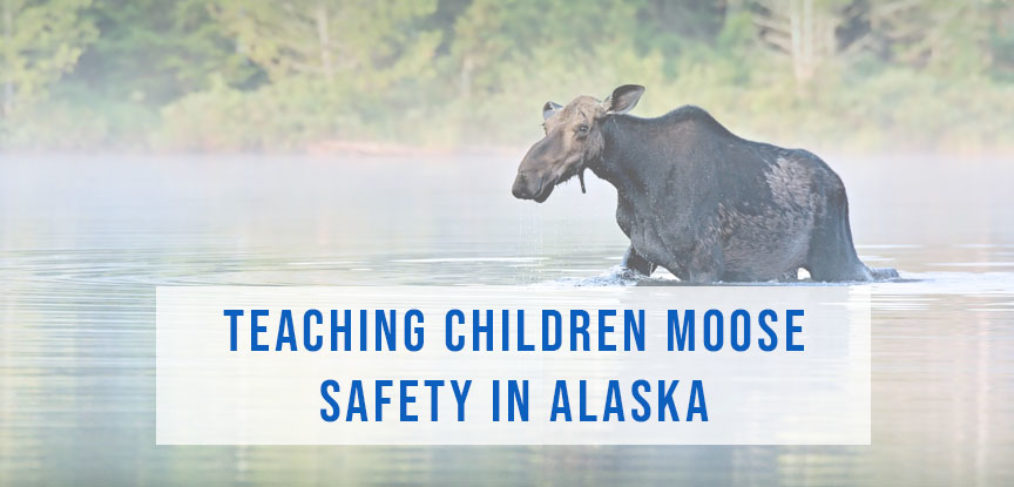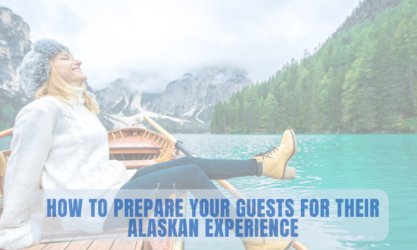
Teaching Children Moose Safety in Alaska
Whether you live in or visiting Alaska, if you have children, it’s important that they know the basics for safely interacting with wild animals safely – especially moose. During the winter moose often enter our cities to avoid the deeper snow that is harder to walk in. Now as we are enjoying spring, we need to keep in mind that moose often migrate into yards now and into summer, when an abundance of shrubbery and fresh grasses make for easy eating and calving grounds safe from predators.
Are Moose mean?
Moose are less dangerous than bears, but more people are injured by moose than by bears each year. A moose will usually flee when threatened, but sometimes they will become aggressive. Moose become agitated when something interrupts their happy bubble of eating, resting or taking care of their calves. I mean, we would too, right?
How to protect ourselves and our kids from moose danger
It’s instinctual to want to keep our youngsters safe from danger. We know the basics of protecting our children outside, making sure they are dressed correctly for the weather, have responsible guidance, and activities and locations that suit their abilities.
In Alaska we have the extra challenge of factoring in our wild country. As savvy residents or visitors to the Anchorage, Eagle River, Wasilla and the Mat-Su Valley we can heed some simple safety tips.
Here are a few tips perfect for any age.
Know the season –
- Winter moose – Tired and hungry from walking in deep snow – quick to anger
- Spring and summer moose – Protective mamas are considered the most dangerous.
- Fall moose – Big daddies, looking for love, and they’ll be full of, um, vigor.
Learn the signs –
Agitated Moose – Ears flat back against the head, raise the hair along its back, and lick its lips. Sometimes, a moose will “bluff charge” by doing a crazy, forefooted bucking maneuver that means “get the heck outta here, now!” to people. Unlike horses and other hooved animals, moose can kick with all four feet, in all sorts of directions!
Have an Exit Strategy –
- If you see a moose in the distance – go a different direction.
- If a moose crosses your path – stop, wait until the moose decides which direction they’d like to proceed.
- If a moose approaches – Be patient, be wary, and if a moose comes toward you, no matter how friendly it might appear, go the other way. Especially those adorable little calves.
- If a moose runs at you, it is perfectly okay to sprint away. They won’t chase you. Moose only want to protect their space.
Moose hang out along trails, in yards, and rest in quiet, shady places. They are also often quite easy to miss, so be very observant. Keep your children close during all Alaska outdoor activities. If your family sees a moose, remember not to scream, shout, or run up and take a picture for Facebook.
Here is a fun video made by kids, starring kids and with help of Alaska Dept of Fish and Game: https://vimeo.com/43156125


